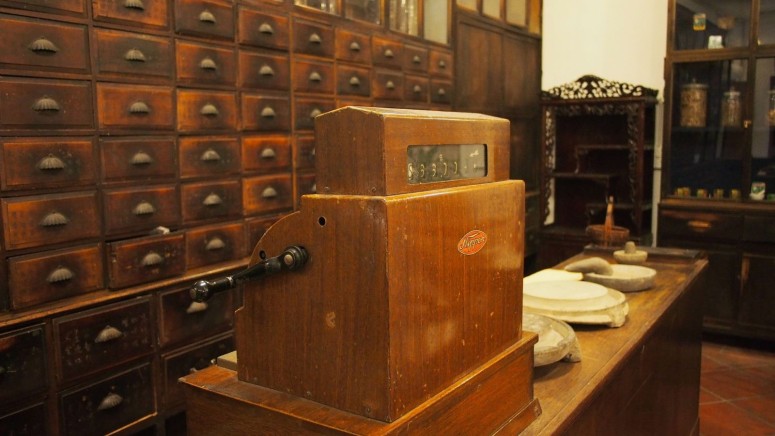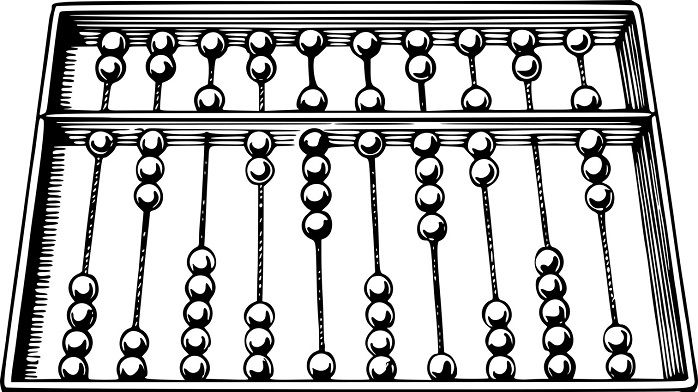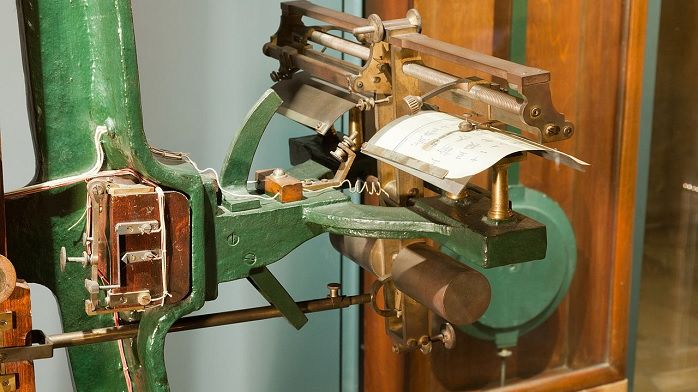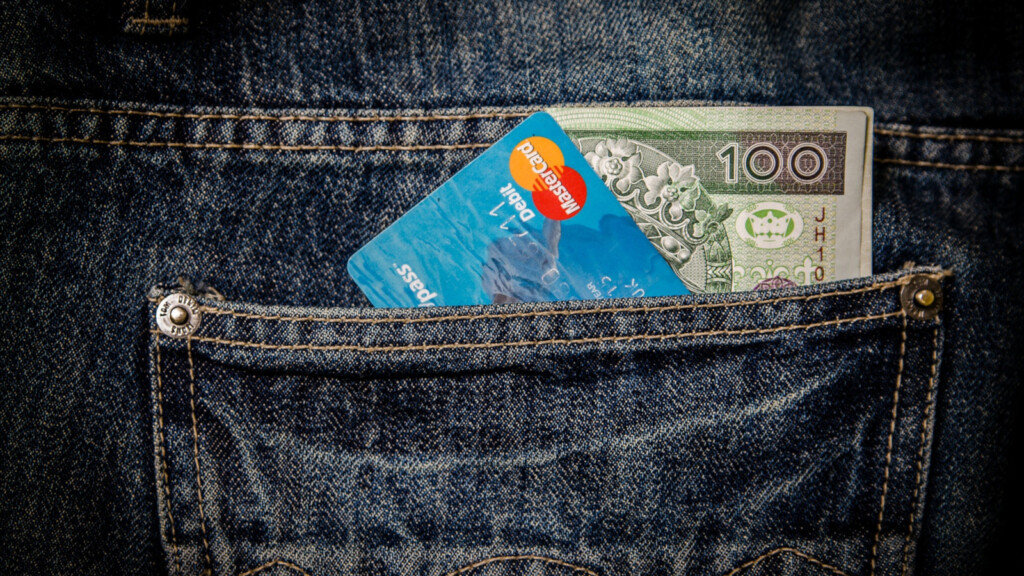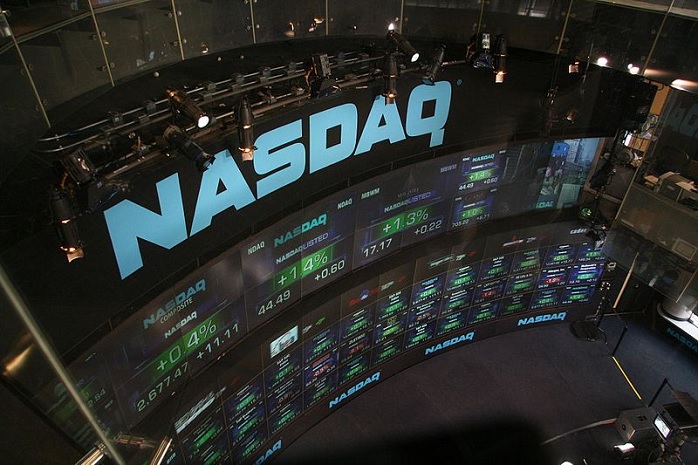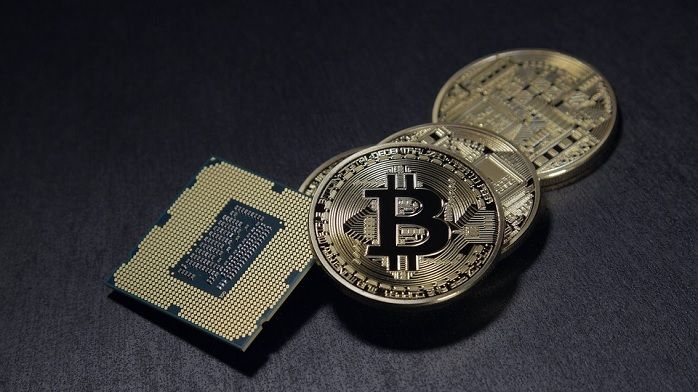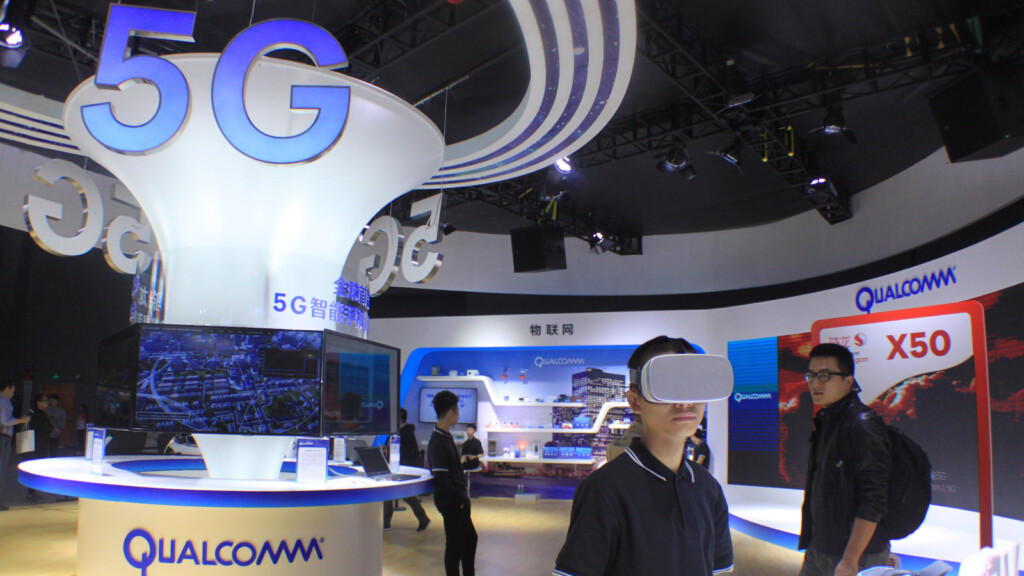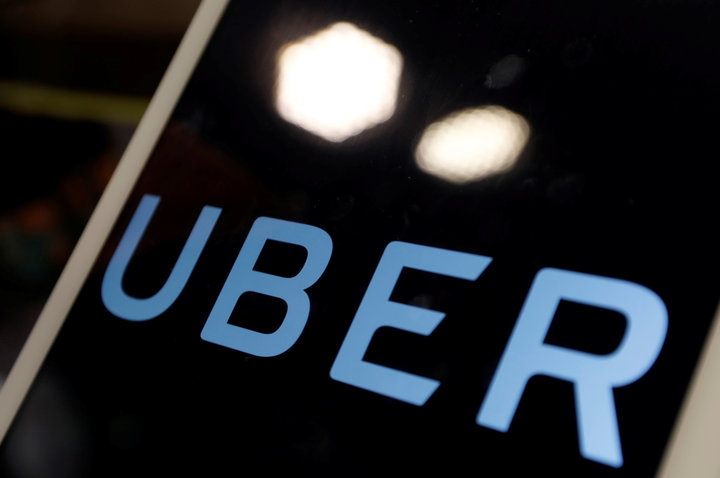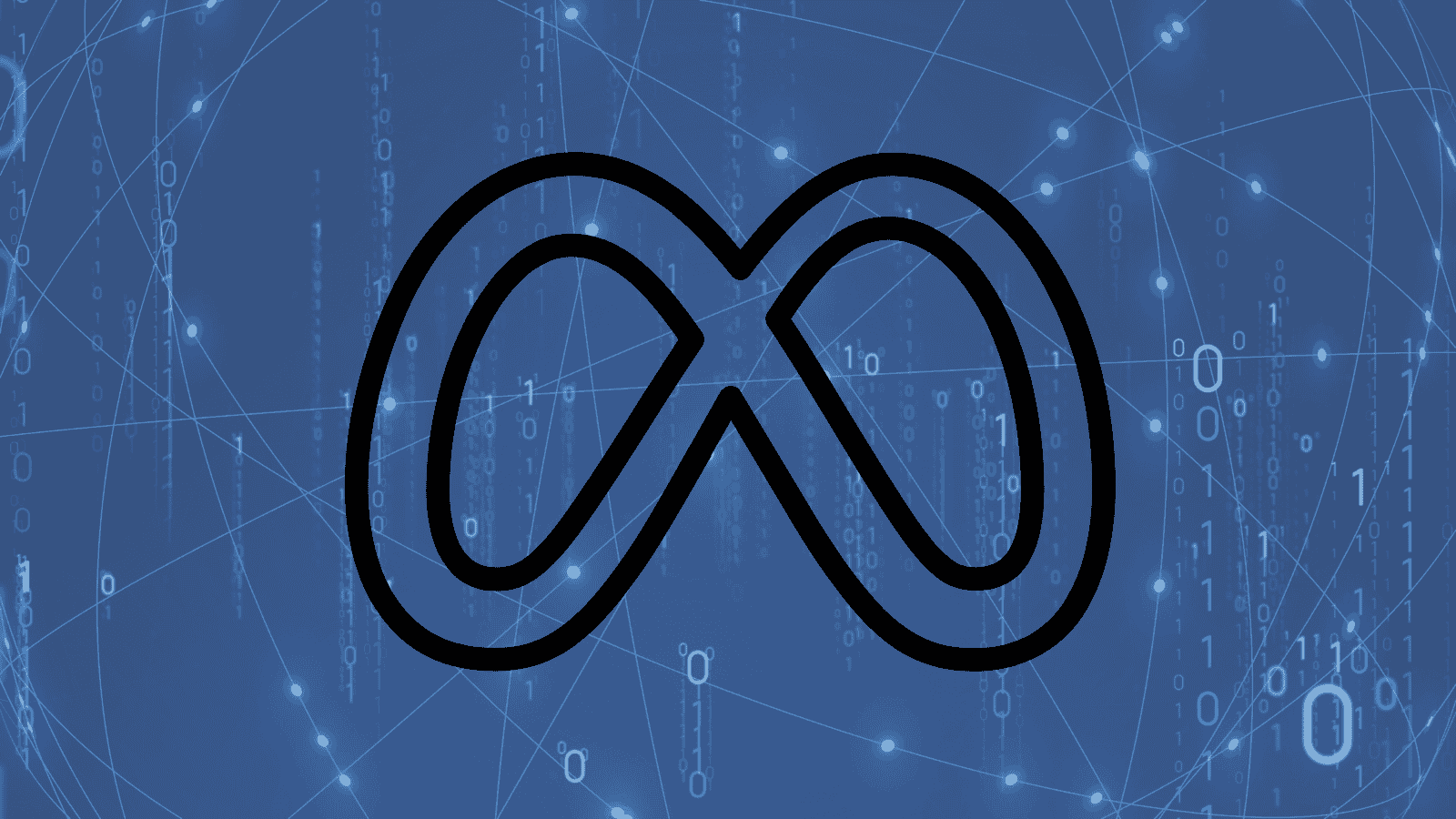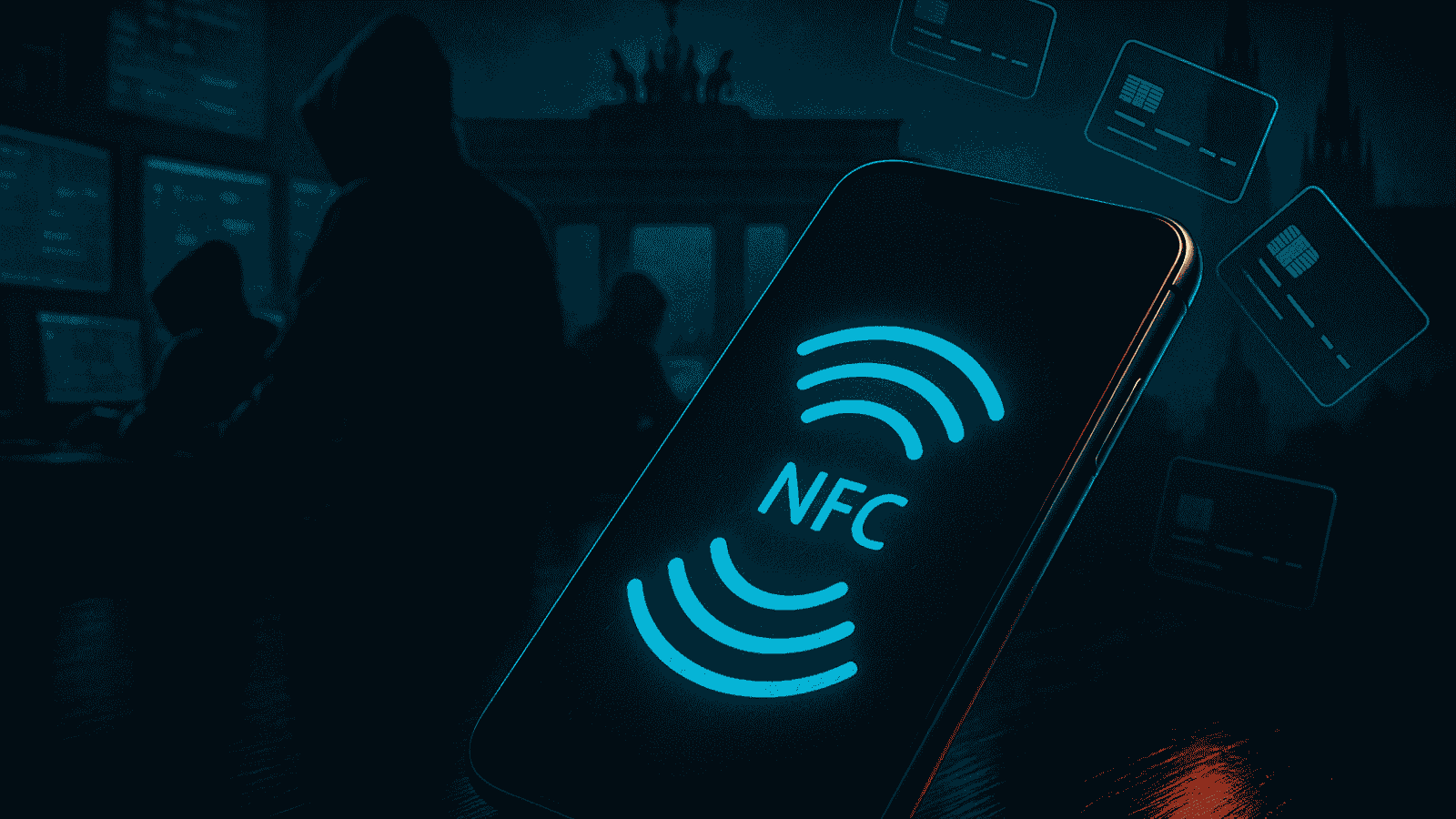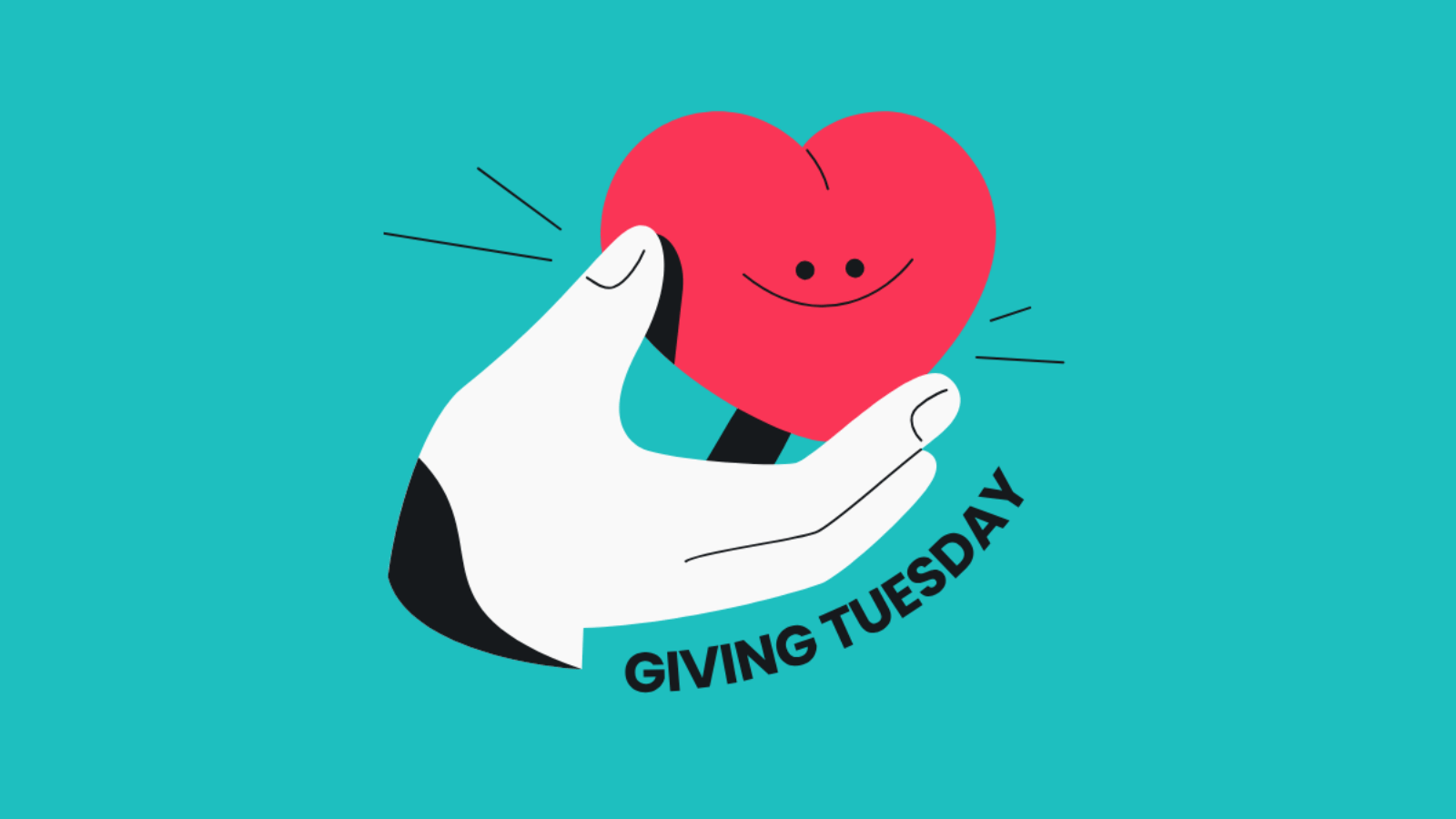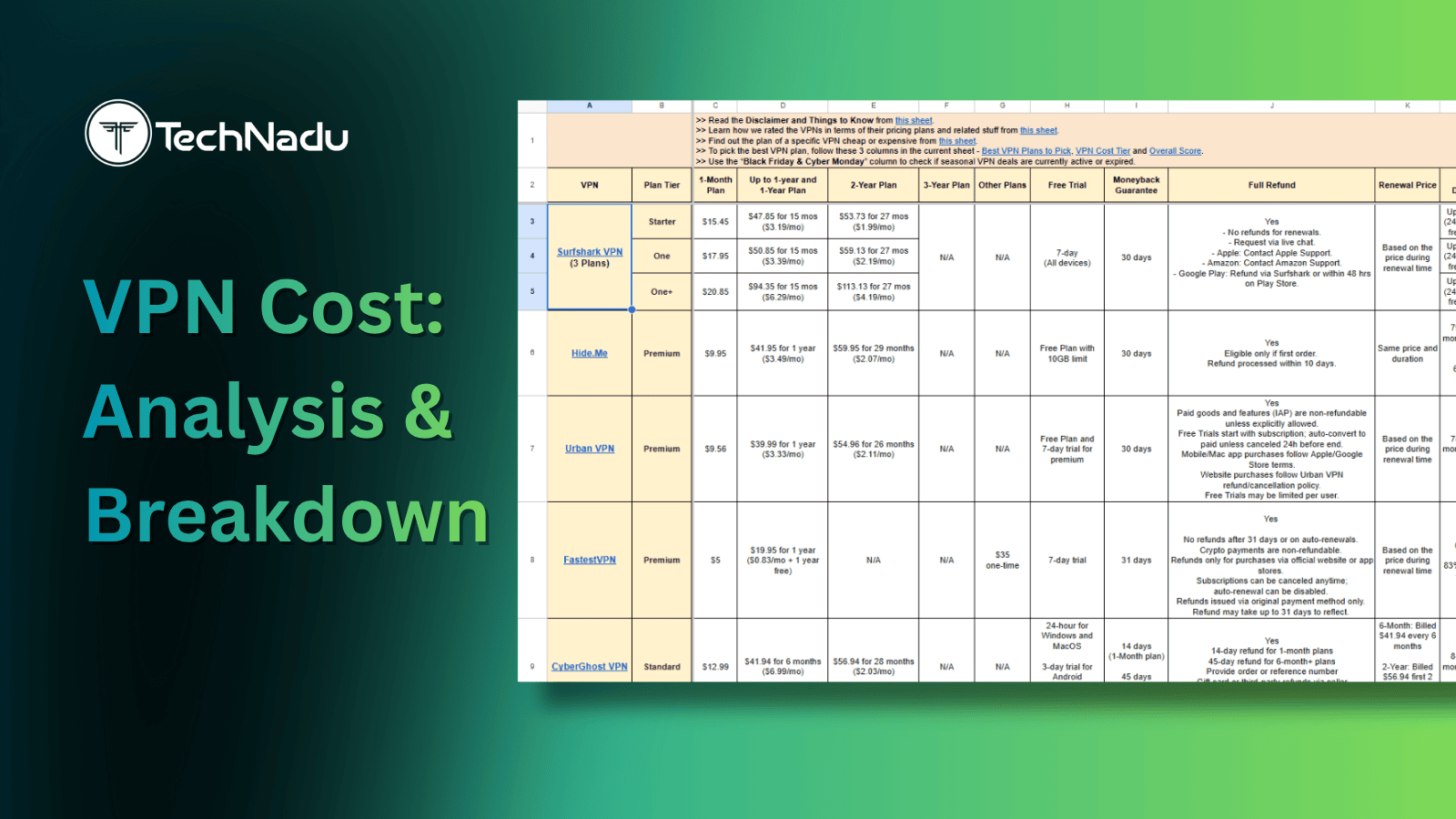
Fintech History in a (Large) Nutshell
Fintech is simply the catchy name for all the technologies that change the nature and scope of financial services. It's a simple concept, but in practice, technology and finances make for a potent mix. Today, Fintech is causing major disruptions to how we work with money in our lives, but those disruptions didn't come from anywhere. There's a fairly lengthy timeline of events that are linked to what's happening with Fintech today. Here's we're going to look at key inventions and events that have shaped Fintech in the 21st century by taking a look at the history of Fintech.
Fintech Prehistory
While Fintech is a term associated mainly with the modern era, the entire history of money and finance is, of course, technological in retrospect. From the actual minting process, that allows us to print money and make coins in a cost-efficient way, to paper, calculators and accounting systems. All of these are financial technologies.
It's not really what people are referring to when you talk about Fintech these days they mean the flashy, digital, disruptive technologies that all promise to turn the world upside down. Still, I feel it needs to be pointed out that finances and technology are inextricably linked, even if we only get to make that assertion in hindsight. However, most people would probably agree that the clear emergence of Fintech was fairly recent. Starting in the 19th Century.
The History of Fintech in the 1800s
The 1800s are mainly known as the period during which Western civilization industrialized at a rapid pace. This was the era of steam power and, eventually, mass production. What many people forget is that it was also an important time in the world for communications technology. When money became something that banks could move around with the stroke of a pen rather than physically carting it around, the ability to send messages almost instantly means transactions can also cross space in seconds.
The Pantelegraph
The pantelegraph was possibly the first bit of Fintech in the modern sense. It's essentially a fax machine that could send images across telegraph lines. While it wasn't digital, and very slow, the pantelegraph quickly found work as a way for banks to verify signatures over long distances. While the machine may have taken minutes to slowly redraw the original page, it was still much quicker than actually transporting papers over many miles.
Charge Plates
A simple yet effective Fintech invention was the charge plate (or medal, or coin, etc). This was simply a metal object embossed with an account number, that could leave an imprint on a sales slip. So that the seller knew which account to the bill. These were not accepted universally the way that modern credit cards are. Rather, they were usually specific to particular sellers, much like store cards today.
The "Charga-Plate" was a sort of pseudo-credit card, first developed in 1928. This card had the account holder's name, general location, and signature on it. It could be placed into a special imprinter that perfectly copied over the information from the card. Charge plates cut down on errors and sped up transactions, as any good Fintech should.
Transatlantic Cables
Today, if you want to send information across the ocean to another continent, you can simply beam in into the sky, bounce it off a satellite and then have it arrive within just a few seconds. However, the idea of going into space was limited to books by authors like Jules Verne in the 1800s. The only way to get telecommunication to the other side of major bodies of water was to lay down cables on the ocean bed. In the mid-1800s it became possible to send telegrams using these cables, which also meant you could not buy and sell things with an international market.
The History of Fintech in the Early 1900s
Despite (or perhaps because of) two major world wars, the 1900s has seen more technological development at a faster pace than any other time in human history. This is, after all, the age of the digital computer. However, decades before computers would have any impact, things were already moving at a rapid pace, which of course meant big Fintech developments as well.
Fedwire
In 1918, the US Fed created a way to move money around as electrical signals. In other words, an electronic way to "wire" money. Fedwire or (originally) the Federal Reserve Wire Network was a true revolution. It connects the various reserve banks in the USA to each other, using morse code to perform large scale settlements.
Keynes (Maybe) Thinks Up Fintech
John Maynard Keynes is one of the most influential economists of all time, with his theories carrying plenty of weight and influence with the governments of today. Keynes had plenty of razor-shape insights, once of which might have been what amounts to recognizing the potential of Fintech. In his 1919 book The Economic Consequences of the Peace, he wrote about how finances and technology were strongly linked.
The History of Fintech in the latter 1900s
The 20th Century bore witness to some of the greatest achievements in the history of mankind, as well as peak horrors. This was the century we had two world wars. It was also the century we went to the Moon and invented the digital computer. Future historians will likely mark the 1900s as a major turning point for all mankind, but it wasn’t just these big impressive events that make it notable. The world of finance was also forever changed by technology during this time.
The First Credit Card
With the way foundations laid by charge cards, the first modern credit card emerged in 1950. The Diner's Club card was the first-ever credit card. It automated the process of extending credit, but also made actual payments much more efficient and cost-effective. Most importantly, places that accepted these Diner's Club cards didn't limit customers to the cash they could carry. Nor did they have to worry about check fraud.
The First ATM
Today, Automatic Teller Machines or ATMs are ubiquitous, but when the first ATM opened for business on June 27, 1967, it signaled a major change in how people thought about financial services. It also brought up fears that automation would take away jobs in the financial sector. So far, that hasn't quite come to pass. ATMs did remove the need for as many tellers compared to before.
ATMs today are of course computerized and can perform many more services than simply dishing out cash, They can take cash deposits, authorize loans and more. Ironically, with the rise of online banking and cashless payment systems, ATMs may be the inevitable victim of Fintech's relentless march.
Telex
In the 1960s the world was given Quotron. A Telex network. Telex was a switched network predating the modern internet we all know today. It used telegraph lines to send text messages and was eventually killed off by the fax machine.
Using Quotron, stock brokers could get information on trades, displayed on a screen. In a business where time is literally money, every broker wanted whatever edge they could get.
NASDAQ - The First Electronic Stock Market
NASDAQ or the National Association of Securities Dealers Automated Quotations is the first ever electronic stock market. As per its initial name, the NASDAQ didn't offer any way to actually make trades. Instead, it offered a fast way to get stock quotations.
Over time the NASDAQ grew into a true market and a rich source of data. While the NASDAQ isn't the major player it once was today, it changed the entire world of trade that would come after.
The Internet and Finances Meet
The history of the internet starts way back in the first half of the 20th century, but it only started making a real difference to the everyday person in the 90s. When people started to get internet access in their homes, it opened a galaxy of possibilities. There were experiments in online banking as far back as the early 1980s. However, it was the mid-90s that really brought it home. Literally.
The internet plays a pivotal in finances today. Connecting every system together you could imagine. Including full banking services on computers, phones, and tablets. Bringing financial systems this close to our personal lives paved the way for radical disruptive Fintech.
The History of Fintech in the 2000s
The 2000s started off with the millennium bug turning out to be just a little overblown. After the entire world failed to be pushed into a computer-driven apocalypse, the business continued as usual. Well, that's not quite true. Most of the big advances that put the word Fintech into the mainstream happen from here on.
Crowdfunding
Traditionally, investments in a new business idea or venture would come from a small number of people with vast amounts of money. Alternatively, you might have one investment broker representing a large number of people, but the actual investment decision isn't with them.
Crowdfunding turned this all on its head. The most famous platform, launching in 2009, is most likely Kickstarter. The platform provided the technology to let just about anyone pitch an idea to the public at large. If the masses love it, they can throw money at the project with the hope that it becomes real. In the case of Kickstarter, the money was more like a donation. Although rewards were built into the system. Over time crowdfunding has evolved and diversified significantly, with specialized platforms popping up all over the place. These days you can even get help from strangers in case of emergencies such as unexpected medical bills.
Bitcoin
This is possibly the most important Fintech development up to the date I wrote these words. Bitcoin is the first example of what's today known as "cryptocurrency". It's a truly independent form of digital cash that no government or central bank can control. Tech anarchists embrace it, governments fear it, but whatever your opinion, crypto is here to stay and things will never be the same because of it.
The History of Fintech in the 2010s
Now we head into recent history as of the time of writing. The 2010s represent the period when the word "Fintech" becomes known to the mainstream world. This is largely thanks to various radical new services that leverage technology entering our daily lives. At last, the effects of Fintech can no longer be ignored by the average person.
Mobile Payments
Smartphones have changed everything, and that includes the way we work with money. Mobile payments may be the most visible sign of this. Phones now include technology to emulate magnetic strips on cards and RFID tags for contactless payment. We also have apps that allow for local phone-to-phone cash transfer (e.g. Venmo) and mobile wallets, where digital money resides on the device itself.
Mobile Broadband
You might not think of mobile broadband technology as being particularly related to Fintech, but actually it's a fundamental component of Fintech's history. Mobile internet speeds have come along by leaps and bounds. Even better, the cost of mobile data has come down as well.
When the first iPhone launched, it didn't have a mobile broadband connection. Instead, it relied on EDGE when away from WiFi. That's a standard that typically ran at 135 kbps. Not enough to make even a modest modern web page viable.
Today with 4G and emerging 5G networks, it's possible to push large volumes of data to users quickly, no matter where they are. This has allowed innovators to create new Fintech services that simply could not exist without mobile broadband. Which happens to be our next stop on this trip through history.
Disruptive Gig-economy Apps
Few things have shown us the power of Fintech than it's the almost wholesale invention of the "gig economy". Apps and services like Uber, AirBnB, UpWork, Fiverr and the like have created new classes of jobs and entirely new approaches to employment.
Thanks to Fintech and these disruptive applications, we now have a class of jobs that simply didn't exist five or ten years ago. It's not just the services themselves that have enabled this. Thanks to digital Fintech it's now easier to move money around than ever. Think of PayPal or Payoneer as two great examples. It's now possible to do work with someone on the other side of the planet. Then get paid by them within hours. Something that simply was not possible for the entirety of history until just the last decade or so.
Robo-advisors and Automated Trading Algorithms
Fintech and automation go hand in hand. Whether it's those first ATMs I mentioned earlier or AI systems today, there's a clear drive to take all the heavy lifting away from human beings when it comes to money.
While developments such as the NASDAQ and online banking digitized the financial world, human beings still had to make all the decisions. That's no longer the case. Machine learning algorithms are now making decisions about when to buy and sell stocks. Often competing with each other at such speeds that no human being could compete. Robo-advisors are democratizing and automating financial investment advice. Investing your money automatically to maximize growth at a lower cost than humans can provide that service.
Tokens and ICOs
From cryptocurrencies, we eventually got crypto tokens. These are digital objects that exist on the blockchain of a currency and can be used to stand in for goods, services, shares in a business or the right to use specific software.
ICOs or Initial Coin Offerings have been a popular way to raise massive amounts of money in very short amounts of time. Startups can sell their tokens to the public, with little oversight or initial investment cost. This has made for a risky investment, especially given ICO scams, but has also made a few people incredibly rich. Not to mention the fact that ICOs are helping create businesses that would not have been possible without this new source of money.
The Future is Unwritten
Predicting the future of money, value, finance and all the other bits and bobs that make up an economy is an impossible task today. We know that major disruptions are coming, but it's not really possible to envision exactly how they will all interact.
The general trend for Fintech is certainly one that features more speed, more precision, and more automation. However, what qualitative changes will happen in the lives of people served by the economy? If you had asked someone that even ten years ago, it's doubtful they'd have painted a picture that looks anything like the present day. Still, looking over the trajectory of Fintech in the past, the one thing we can be sure of is that we're heading for interesting times.

